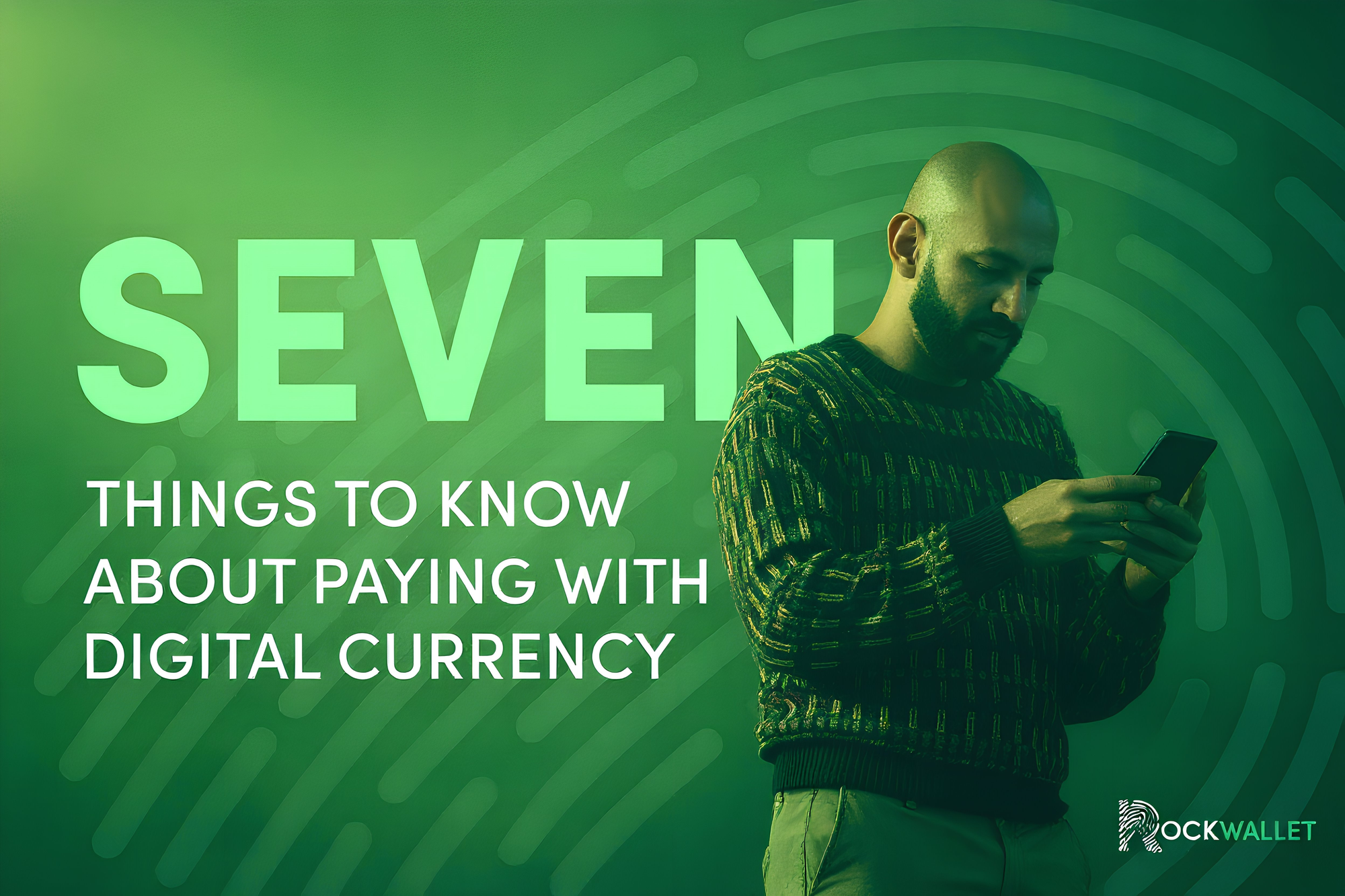
November 28, 2025
•3 min read
7 Things to know about paying with digital currency
As digital currency becomes more mainstream, paying with crypto is now an option at a growing number of major retailers. Here’s what you need to know.

As digital currency becomes more mainstream, paying with crypto is now an option at a growing number of major retailers. Here’s what you need to know.